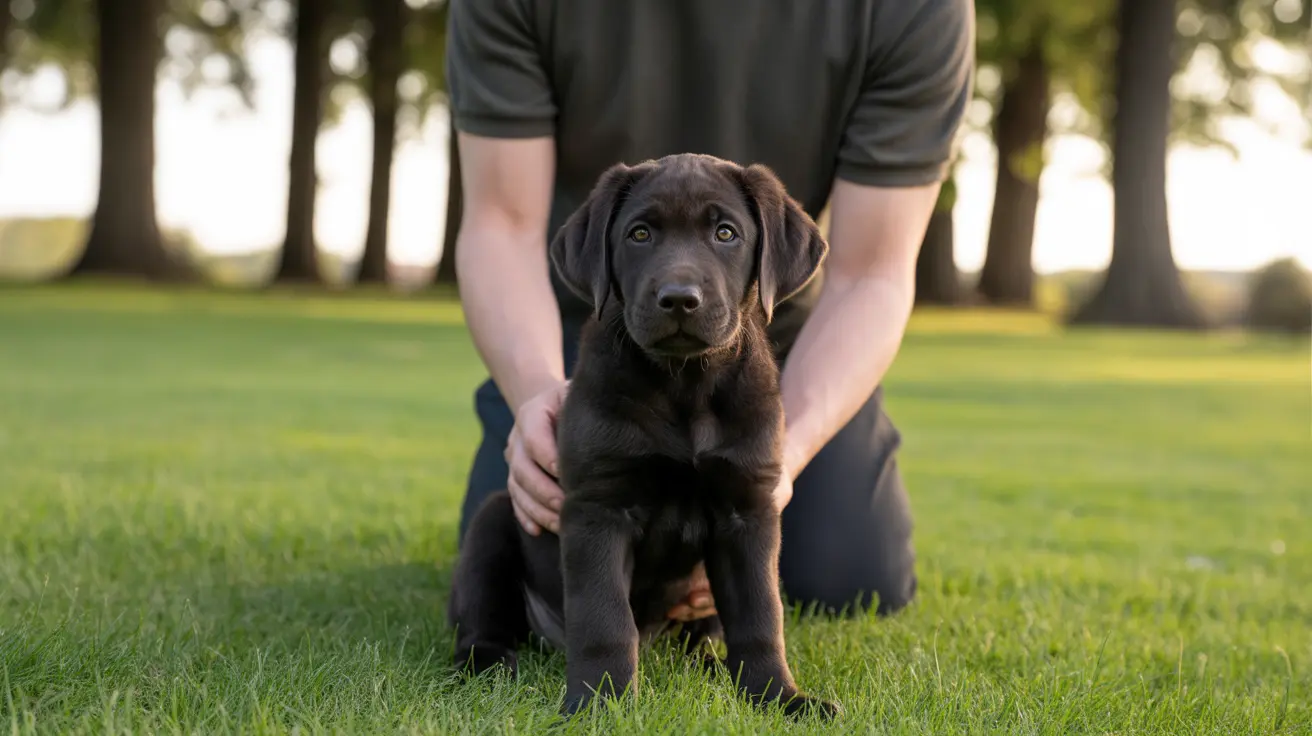Understanding Tail Control and Communication in Dogs
Dogs express a wide range of emotions and intentions through tail movements. From excitement to aggression, their tails are dynamic communication tools shaped by both instinct and learned behavior. But how much of this movement is truly under conscious control?
The Role of the Tail in Dog Communication
- High wagging tail: Signals confidence, excitement, or happiness.
- Neutral tail: Indicates calmness or curiosity.
- Low or tucked tail: Reflects submission, fear, or nervousness.
- Stiff, high tail with slow wag: Can indicate dominance or alertness.
These signals make tails essential for non-verbal dog communication, especially when interpreted along with body language and vocal cues.
How Dogs Learn to Wag Their Tails
Puppies begin to wag their tails at 3–4 weeks of age, learning this behavior by observing others. This early exposure helps them develop the skill to use their tails for social interaction with both humans and dogs.
Voluntary vs. Reflexive Tail Movements
While dogs do possess muscles that allow tail control—moving it up, down, side to side, or even stopping mid-wag—the underlying motive for wagging is often subconscious. Similar to how humans smile without realizing, dogs often wag their tails as an emotional reflex.
The Meaning in Direction
- Right-biased wag: Associated with positive feelings like happiness or eagerness.
- Left-biased wag: Typically signals negative emotions such as anxiety or fear.
This side bias doesn’t just reflect a dog’s emotion—it affects how other dogs perceive the signal. Right-biased wags may relax other dogs, while left-sided wags can increase their stress.
Speed and Style of Wagging
- Fast, vigorous wag: Excitement or high energy.
- Slow wag: Uncertainty or cautiousness.
- Short, stiff wag: Potential aggression or tension.
- Helicopter tail movement: Extreme joy, often during greetings.
Each variation indicates different emotional states, proving that wagging is not a uniform behavior but rather a flexible display of inner feelings.
Breed Differences and Physical Limitations
Some breeds naturally carry their tails upright or curled, which can affect interpretation. Dogs with short or docked tails face challenges in expressing themselves. They may compensate by wriggling their entire hindquarters, showing that expression extends beyond the tail alone.
Social Significance of Tail Wagging
Tails are crucial in canine social interaction, serving an essential role in signaling emotions, intentions, and even rank. Tail cues, combined with
- Facial expressions
- Posture
- Ear position
- Vocalizations
allow both dogs and humans to more accurately interpret communication. For dog owners, being aware of these signals encourages better relationships and helps avoid misunderstanding or conflict.
Scientific Insights into Tail Control
Ongoing research investigates whether dogs deliberately choose to wag and control their tail direction. Most evidence suggests that while some control exists, much tail movement is tied to instinct and emotional response. Wagging likely evolved as a social signal—possibly enhanced by human selection for expressive, friendly behavior.
Conclusion
So, can dogs consciously control their tails? To a certain extent, yes—they can manipulate tail position and motion. However, most wagging occurs subconsciously, triggered by deep emotional states. Understanding this behavior helps owners better connect with their pets and interpret what their four-legged friends may be feeling.





